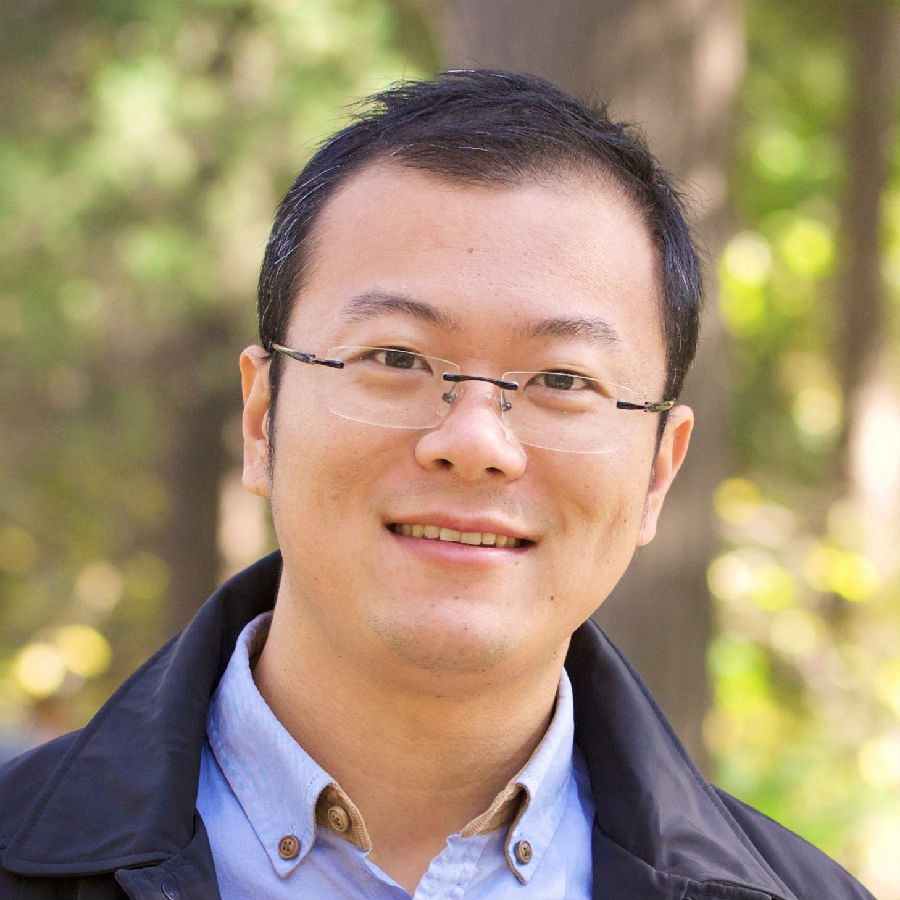Prof. Yan Zhang [Peking University]
Title: Superconductivity and nematicity in FeSe thin film
Time: 3:00 – 4:00 PM, June 30, 2015, Tuesday
Place: Conference room 201, Build 6, HPSTAR (Shanghai)
Host: Dr. Xiao-Jia Chen
Abstract:
Superconductivity in one monolayer (1ML) FeSe thin film has attracted great interest recently due to its intriguing interfacial properties and possibly high superconducting transition temperature (Tc) over 77 K. Here I will talk about our new results of the superconductivity and nematicity in FeSe thin film from angle-resolved photoemission spectroscopy (ARPES) measurements. For 1ML FeSe thin film, we found that (1) the glide plane symmetry is nearly unbroken despite the asymmetry induced by the substrate, and (2) the superconducting gap is nodeless but moderately anisotropic, with four gap minima along the iron-selenium-iron bond directions. Detailed fitting of superconducting gaps suggests that there is no sign change of the gap on the electron pockets, hence is consistent with simple s-wave pairing. On the other hand, in 35ML FeSe thin film, without the complexities induced by co-existing long-range magnetic order, we clearly delineate the electronic signature of nematic state. It is characterized by an orbital spitting between dxz and dyz, whose splitting energy is only pronounced near the Brillouin zone corner. Such nontrivial momentum dependence suggests that theorbital anisotropy does not occur on-site in a ferro-orbital manner. Instead, the anisotropy occurs in the nearest-neighbor hopping of dxz and dyz. The more important question may be whether there exist strong nematic fluctuations in 1ML FeSe with the complete suppression of nematic order. The answer to this question is intimately related to the pairing mechanism in 1MLFeSe. Further investigations are required to elucidate these issues.
Biography of the Speaker:

Dr. Yan Zhang is an assistant professor of International Center for Quantum Materials, Peking University. After completing his bachelor's degree from Fudan University in July 2007, he continued his research career in this university and received his Ph. D degree in 2012. During his Ph. D study, he published over 30 papers in popular journals such as Nature Materials, Nature Physics, and Physical Review Letters with 9 as the leading author or corresponding author. He then moved to Stanford University and spent two years there for postdoctoral training. His studies focus on the novel phenomenon of condensed matter systems, including High-Tc superconductors, charge-density wave materials, complex transition metal oxides, low dimensional materials, etc, based on theangle-resolved photoemission spectroscopy (ARPES), and ultra-thin film and single crystal growth techniques.
